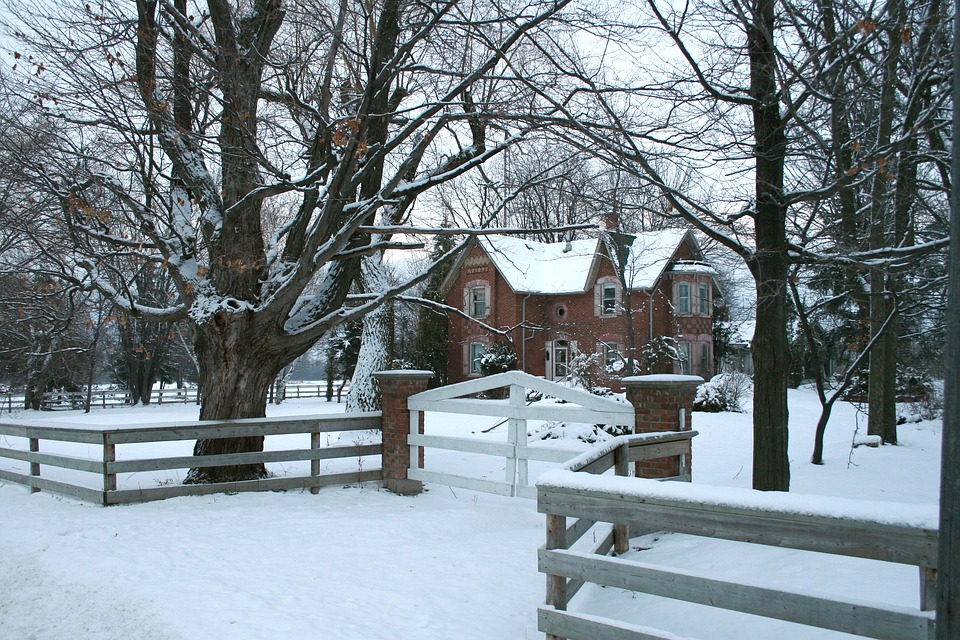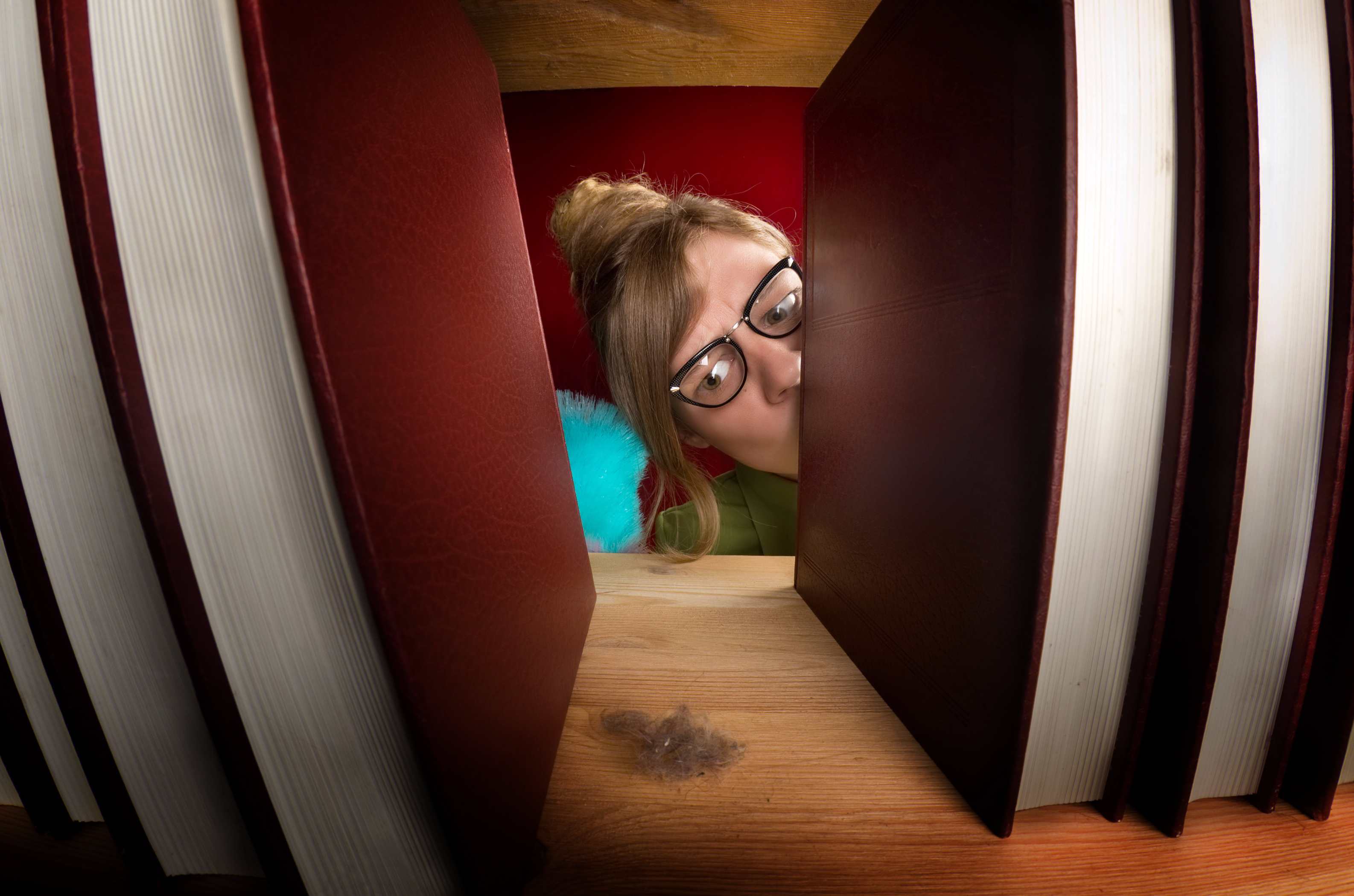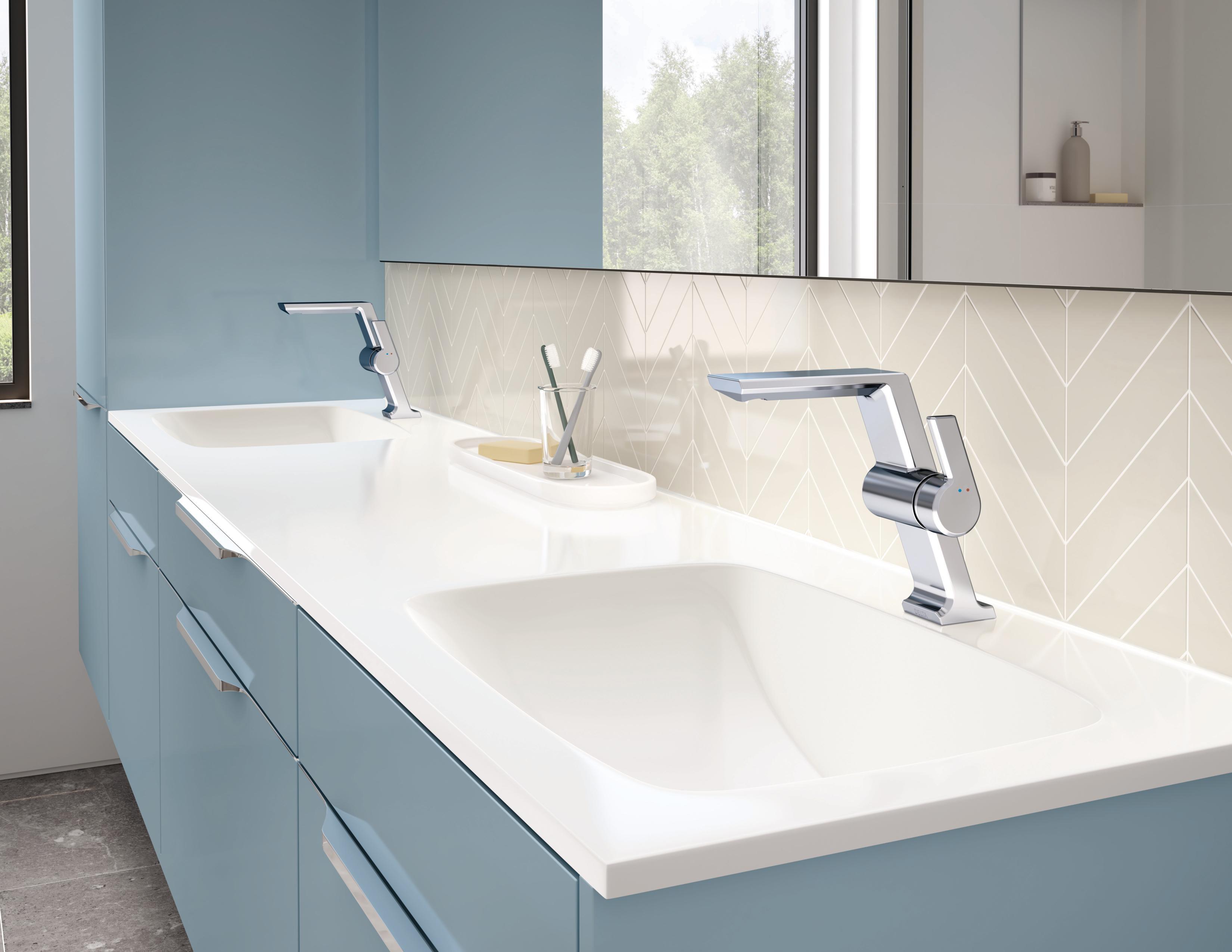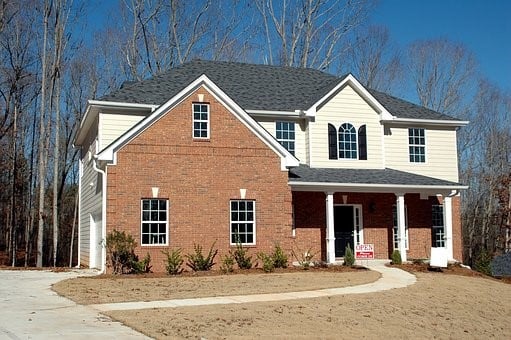Tips for DIY Home-Winterization Projects
Winter is a mixed time of year. On one hand, there’s much to love like snow, the holidays, and getting warm next to a cozy fire. On the other hand, the cold weather can be difficult to deal with for both your family and your home.
Thankfully, there are ways you can winterize your home all by yourself. Sure, some projects require professionals like contractors, but you’d be surprised how much you can do on your own to the outside and inside of your home. But first, is winterizing really that necessary?

Image Source: Pixabay
Importance of Winterizing
If you ignore home maintenance for winter, you could be facing some serious problems when the cold weather sets in. One of the worst potential problems is a burst pipe. During winter, water in pipes can freeze and crack open your pipes. When the ice melts, you can suddenly find a waterfall inside your home that causes extensive water damage.
In addition, a drafty house can make your utility bill go through the roof. Your family will be cold if there are air leaks around windows and doors, so you’ll need to turn the thermostat higher to compensate. Not only does this make for a higher heating bill, but it also increases your risk of carbon monoxide buildup inside your house, which can be toxic to your family.
Taking Care of the Outside
So what can you do to winterize your house? Start on the outside where you’ll have to do several maintenance tasks. Home Advisor’s winterization checklist recommends you clean out your gutters and downspouts first. This way, melting snow on your roof can be directed away from your house’s foundation. You also should check exterior doors and windows for any drafts, sealing window drafts with caulk and door drafts with weatherstripping. And if you have a chimney, hire a professional to make sure it’s clean, clear, and undamaged.
To prevent damage to your outdoor faucets, disconnect and store your hoses. This helps reduce the water in your pipes so they don’t get damaged by a bad freeze. Likewise, check those faucets for any leaks and seal them if you find any. If the weather gets very cold in your region, you can also buy some bib covers that help keep your outdoor faucets warmer. These aren’t very expensive, and they can prevent a very serious problem that you probably won’t see until spring.
Tips for Indoor Winterization
For the pipes inside your house, look for any that are exposed such as in the basement or crawl spaces. HGTV recommends that you wrap these with heat tape or foam insulation. Not only does this prevent freezing, it helps hot water stay hot so you don’t use as much energy during the winter.
A programmable thermostat is a smart winterizing investment. This can save you money by automatically turning down the heat at night when everyone is snuggled under warm blankets. Then it turns the heat higher in the morning so your home is warm again when you wake up.
You should also replace the air filter in your furnace. By using a clean filter at the start of winter, you can increase your furnace’s efficiency so your house is warmer and your furnace lasts longer. You can even invest in a permanent filter that you can clean whenever you need to. In the long run, this will save you more money since you won’t have to keep buying new filters.
Winterize Before It’s Too Late
There are many benefits from winterizing your home. By taking care of your pipes, drafts, and furnace, you can save money and help your whole family enjoy the winter months that much more.
Contributing Author:
Seth Murphy loves hands-on DIY projects and sharing what he has learned with others. He started PapaDIY to help others make their home DIY projects a success.











Leave a Reply